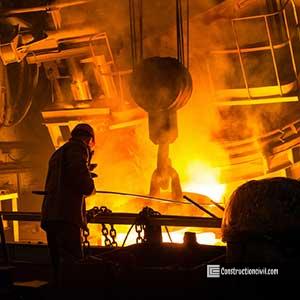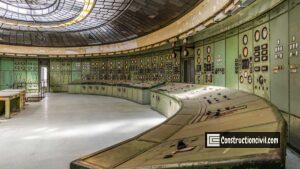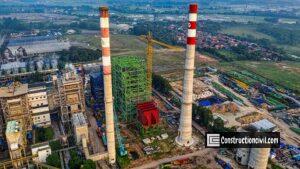As the power sector, there is a massive demand for steel also to meet up the infrastructural growth. Apart from the giants like SAIL, RINL, TISCO other comparatively small companies have started production of steel to cope up the market demand. Most of the major steel plants have their captive power units for uninterrupted supply of power.
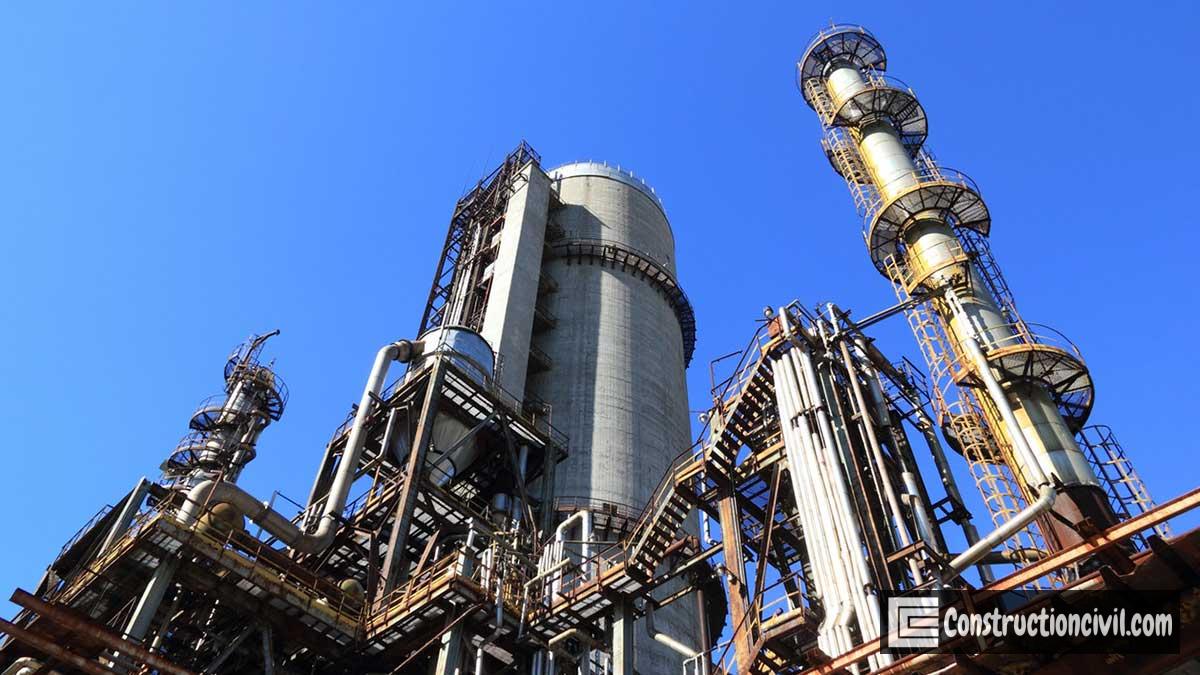
What is Integrated Steel Plant (ISP)?
Steel plants which produce iron from iron ore or scrap by following different process to finish steel products like bars of different diameters, a structural section of varying shape and size, pipes are known as Integrated Steel Plants.
Some of the major ISPs are Vizag Steel Plant, Bhilai Steel Plant, Durgapur Steel Plant etc.
Steel Production Process:
- Steel producing iron ore is a mineral containing aggregate which is converted into iron by following some steps.
- Depending on the mineral composition, quality of raw iron ore varies.
- High iron and low sulphur containing raw materials considered as superior quality.
- Some times, steel scrap has been selectively collected and recycled to raw material in place of iron ore for steel production.
- Blast furnace: In the case of blast furnace after an indirect reduction of impurities in combination with a converter, steel can be produced. For blast furnace, iron ore is the main raw material for the steel production process.
- Electric Furnace: For electric furnace, generally scrap iron is used as raw material and sometimes sponge iron also used. The sponge iron is an intermediate product, which is produced from iron ore by direct reduction of impurities.
- Rolling Mill: Some plants buy steel billets from other sources and manufacture finished products bars, structural sections etc. These type of plants are called rolling mills. A billet is a length of metal having a round or square cross-section, with a cross-sectional area of fewer than 230 cm2. Billets are produced directly via consecutive casting or extrusion or indirectly via hot rolling an ingot or bloom. Billets are then processed via profile rolling and drawing. It is evident thus rolling mills are a part of an Integrated Steel Plant.
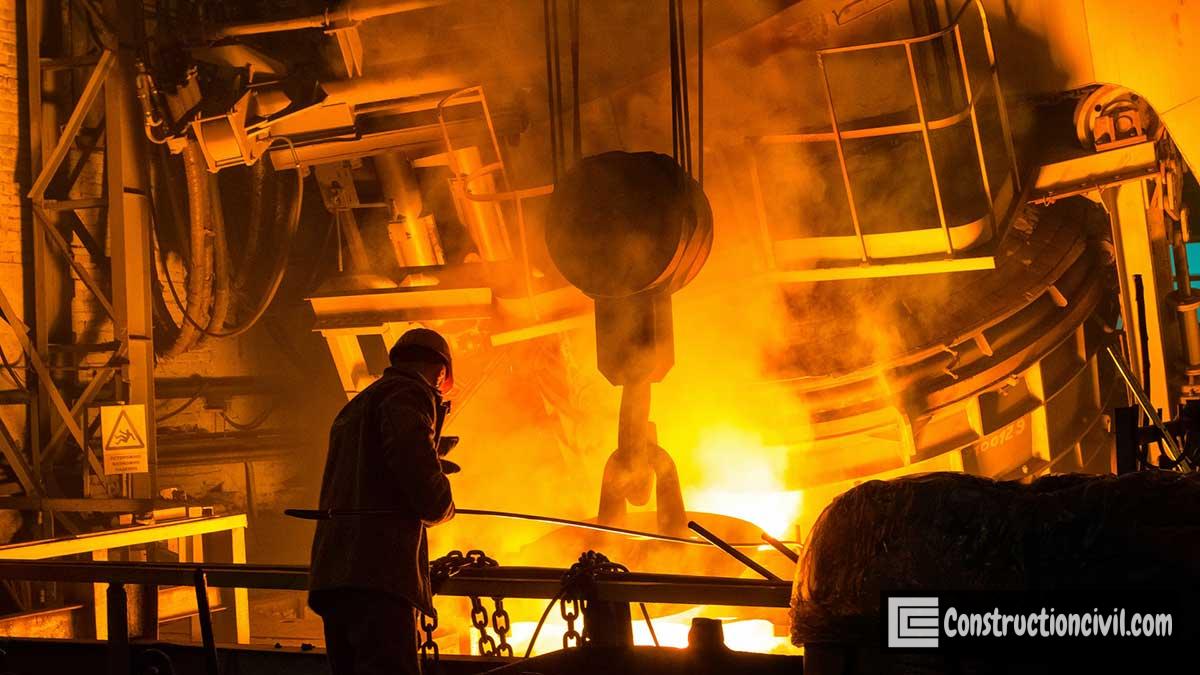
What is Alloy formation?
Mixing of the element with steel is called alloy formation. Where this alloy steel is manufacture, those plants are called the Alloy Steel Plant. It is economical to locate ASPs near the ISP.
Addition of foreign element to steel changes its property. Like, addition, Vanadium makes steel much more formidable and sharper, suitable for manufacturing of drill bits, cutting tools. Manganese can withstand reversal of load for longtime, i.e. resist fatigue failure. Rails are Manganese Steel and so on.
Major structures in Steel plant:
The following components or structures play an important role in steel plants and production.
- Blast Furnace
- Steel Melting Shop/ Basic Oxygen Furnace
- Stove / Soaking Pit Foundation
- Hot Strip Mill
- Cold Rolling Mill
- Continuous Casting Plant
- Silicon Treatment Plant.

Construction of steel plants:
- In a steel plant, mass concreting along with the massive activity of structural steel are involved.
- Size of foundations in steel plants much larger compared to the power plant. Single largest foundation in a steel plant is Blast Furnace foundation.
- Concreting of Blast Furnace raft requires very minute control on the quality and placement of concrete. Generally, the thickness of the Blast Furnace slab is about 3-4m and the quantity is in the tune of 4000-5000cum. The total quantity is poured continuously in one operation.
- Placement of concrete is done in several layers for Blast Furnace raft of steel plants.
- Curing is started in order to reduce the ill effect of the heat of hydration of cement.
- Nowadays, Engineers are using additives like Fly ash to reduce cement content in concrete which indirectly decreases the generation of heat of hydration.
- Concrete temperature is also kept around 25-28°C using chilled water/ice flakes etc. This also helps in reducing the ill effect of the heat of hydration.
- Like power plants, a lot of bolts, inserts, embedded conduits are to be fixed prior to concrete pouring.
- Proper planning is required to execute the work during interfacing activity with Mechanical and Electrical vendors.
Reinforcement Steel Source Approval:
As per the provisions of NHAI circular, and provisions of IRC: SP:84, the reinforcement Steel to be procured from “Primary Steel Producer” vis a vis either from the “Integrated Steel Plant” owner or from the ” Major Producers.”
Any steel plants, which claims to be “Major Producer” can only be accepted as a source for reinforcement steel, when it fulfils the following criteria:
- When it adopts either of Corex-BOF/DRI-EAF/MBF-EOF technological routes.
- Procured Quality Management System certifications, like ISO: 90001:2008/ISO: 14000/OHSAS18001:2007 or equivalents, from appropriate authorities.
- Possessing In house Testing Facilities as per BIS specifications and which comprises at least XRF Spectrometer and Servo Controlled Computerized Universal Testing Machine.
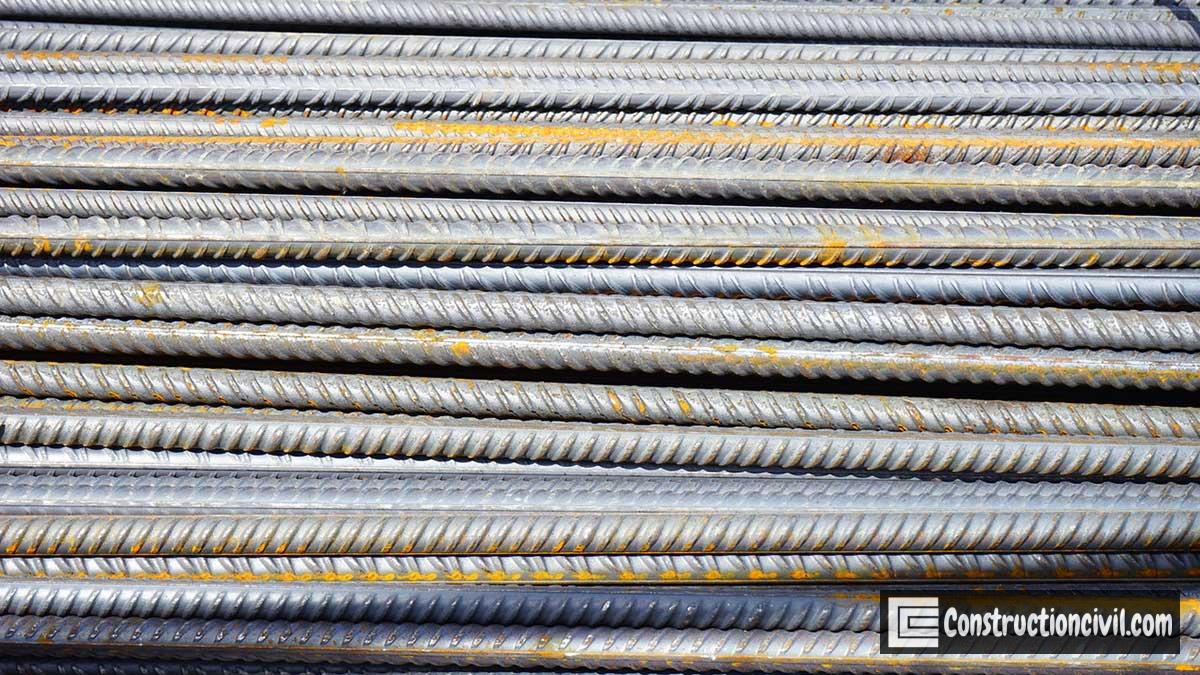
Major Steel Plants in India:
| Name | Location | Operator |
| Jindal Steel and Power Limited | Chhattisgarh | Jindal Steel and Power |
| Jindal Steel and Power Limited | Odisha | Jindal Steel and Power |
| Tata Steel Limited | Jharkhand | Tata Steel |
| Tata Steel Limited | Odisha | Tata Steel |
| Visvesvaraya Iron and Steel Plant | Karnataka | SAIL |
| Durgapur Steel Plant | West Bengal | SAIL |
| Bhilai Steel Plant | Chhattisgarh | SAIL |
| Bokaro Steel Plant | Jharkhand | SAIL |
| Chandrapur Ferro Alloy Plant | Maharashtra | SAIL |
| IISCO Steel Plant | West Bengal | SAIL |
| Rourkela Steel Plant | Odisha | SAIL |
| Salem Steel Plant | Tamil Nadu | SAIL |
| Alloy Steel Plant | West Bengal | SAIL |
| Vizag Steel | Andhra Pradesh | Rashtriya Ispat Nigam Limited |
| Essar Steel India Limited | Gujarat | Essar Steel India Limited |
| JSW Steel | Karnataka | JSW Steel |
| JSW Steel | Maharashtra | JSW Steel |
| JSW Steel | Maharashtra | JSW Steel |
